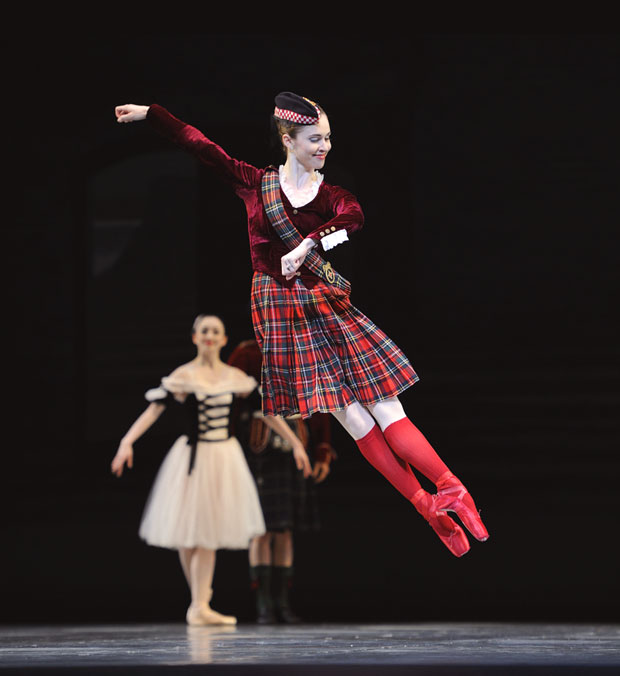
San Francisco Ballet
Program 7 – All Balanchine Bill: Divertimento No. 15, Scotch Symphony, The Four Temperaments
San Francisco, War Memorial Opera House
12, 17 April 2012
www.sfballet.org
On opening night, Friday, April 12, at the War Memorial House in San Francisco of San Francisco Ballet’s Balanchine Program, the chilly downpour outside does not seem to dampen too many spirits, though when it rains, it pours, at least choreographically. The selection of works all from the ten-year period, 1946 to 1956, encompasses three very distinct styles, romantic Scotch Symphony, neo-classical Divertimento No. 15, and modern The Four Temperaments. Oddly, the last was created first. Unlike many painters or composers whose styles gradually evolve over the course of their careers, Balanchine instead seems to have mined several veins concurrently throughout his life.

The dancers begin Divertimento No. 15 with clear attack, though a bit stiffly, then after a few minutes they warm up and settle into an excellent rendition of this ballet. Everyone seems brighter and more relaxed than in the previous program’s Raymonda Act III (see my review of Programs 5 & 6). Frances Chung and Dana Genshaft dispatch their variations with warmth and feeling and Vanessa Zahorian’s speed and clarity are the hallmarks of her excellent rendering of the sixth variation. All the men, Taras Domitro, Gennadi Nedvigin and Hansuke Yamamoto, bring considerable skill to their roles and work well both in their sections together as well as with their female partners. Perhaps the most gratifying aspect of this performance is that the dancers reveal and illuminate the choreography. The entire structure becomes clear, the details are highlighted, and the steps colored by the company’s meticulous dancing.
I have a soft spot in my heart for Scotch Symphony as I often saw it performed by the Joffrey Ballet when I was a student at its school. The SFB corps de ballet acquits itself splendidly; bonny lads and lasses cleanly executing their Scottish-flavoured steps with aplomb right on the music. Courtney Elizabeth dances the red-slippered girl with an athletically strong technique, but often her broad frozen smile looks forced and her arms, hands and head could use more finesse and feeling. Yuan Yuan Tan in the lead role looks ill at ease from the moment she makes her entrance and gives the impression that she is injured as her right foot and shoe don’t look quite right. She never rises above this discomfort despite supportive partnering from the always excellent Davit Karapetyan. Romantic roles aren’t her forte and it would have been kinder to cast her in a ballet more appropriate to her talents. Despite these imperfections, this ballet is a welcome addition to the repertoire as evidenced by the enthusiastic response of the audience. I will discuss another cast shortly.

The sixty-five-year-old The Four Temperaments is now a senior citizen, but not even close to retiring. In 1946 at its premiere, it must have appeared quite modern. Now it has the look of being old-fashioned modern because we have come a long way in the intervening years. The dancers in the principal roles capture the essence of each humour quite well, but the corps de ballet never seems to find the gutsy, down-to-earth sexual/sensual nuance that the movement so broadly hints at or subtly demands.
In Melancholic, Taras Domitro shows an unhappy soul who desperately throws himself to the floor with such despair that only his technical prowess keeps him from actually hurting himself. In Sanguinic, Sarah Van Patten and Tiit Helimets manage to be cool and calm yet also playful. But it is Vito Mazzeo in Phlegmatic who captures my attention. Not only could his long-limbed elegance, handsome face, and exquisite lines turn anyone’s head, but his innate musicality and effortless grace set him beyond most of the dancers. Sofiane Sylve’s commanding presence and technique are a perfect fit for the Choleric role.
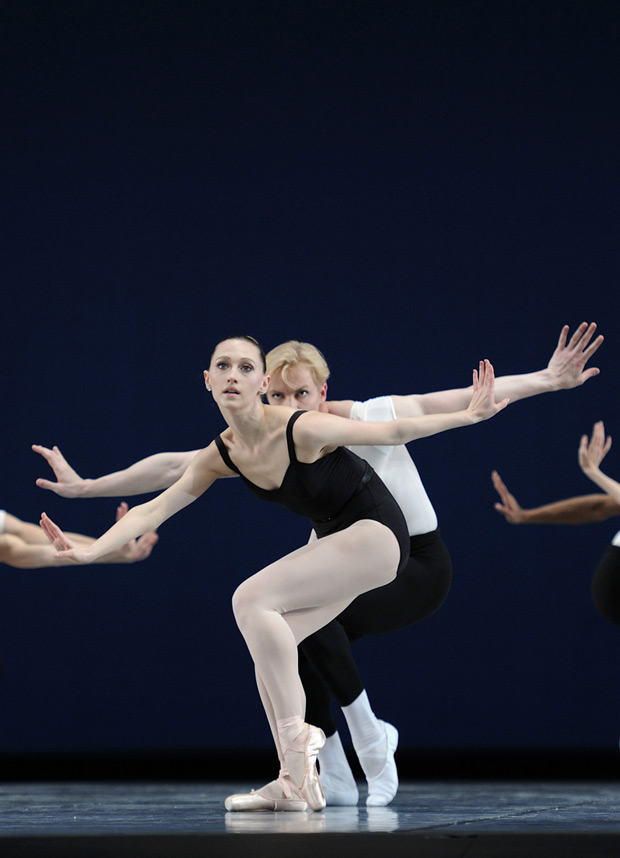
Five days later on April 17 I come back to see other casts. In Divertimento No. 15 Charlene Cohen dances the Second Variation and the Andante. She has a quiet intelligence that underscores her artistic choices. Her movements flow together with a kinesthetic logic that means she is always in the right place at the right time making exactly the perfect line. Her dancing speaks softly and convincingly and shows the meaning of the choreography so that you understand it without even trying. She doesn’t have a bravura technique, but her charm and feeling offer something far more satisfying.
The high point of the evening is the partnership of Maria Kochetkova and Joan Boada in Scotch Symphony. I could fill the page with superlatives, but I will spare you. Kochetkova and Boada don’t dance steps, they become the characters they are portraying and every movement is a word or phrase in their conversation. With both of them the technique is only the means to an end, not the end itself. In this romantic tale of an outsider who falls for a young woman of a different clan, even when her kinsmen protect her from him, the power of the connection between these dancers shows that their love will prevail. And the power of their artistry transports you beyond the clichéd confines of this story so you might revel in a world that they have created far beyond.












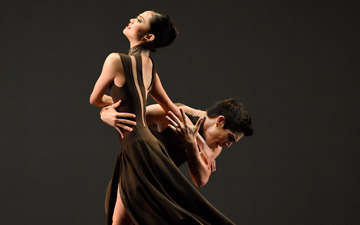

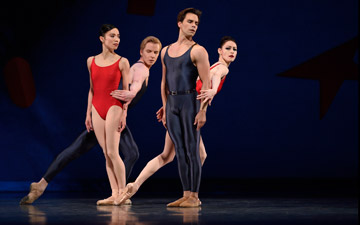
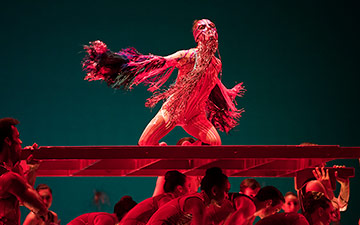

Ms Tsao’s review of the SF Ballet performance speaks the language of dance itself. She flawlessly conveys the movement, breathe, beauty, style and knowledge of dance as only an exceptional dancer knows. THANK YOU for bringing forth this knowledgable voice in dance criticism that is intelligent, current and informed.
Reading your review is like watching on the edge of my seat. It feels like I was there, in the moment! Thank you!